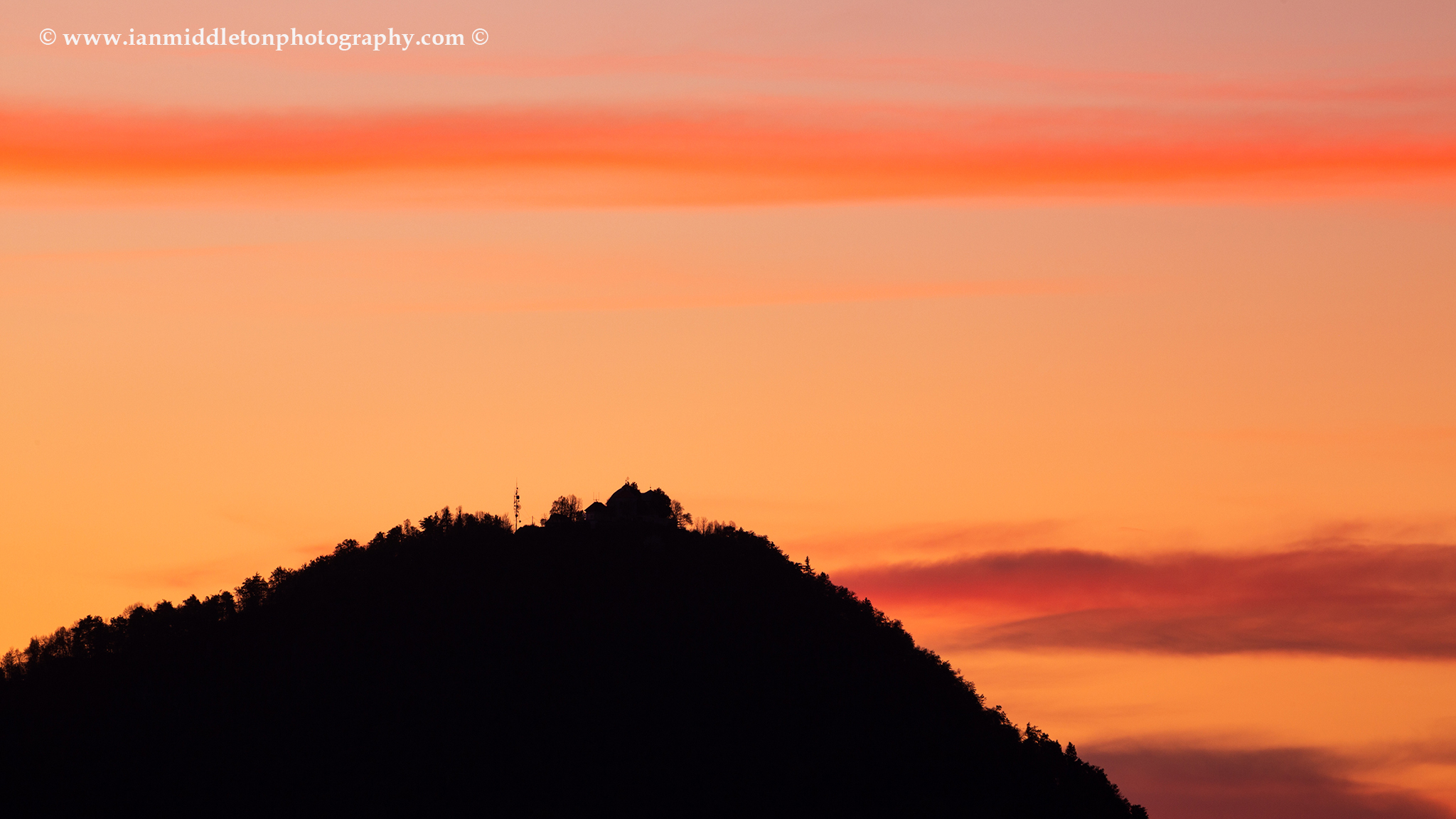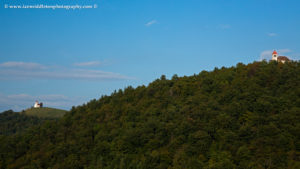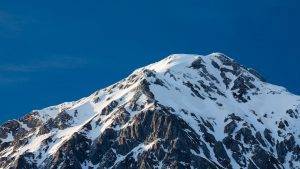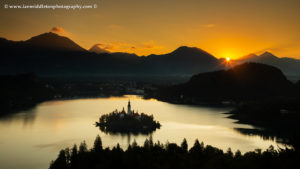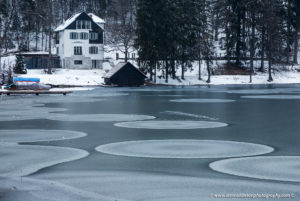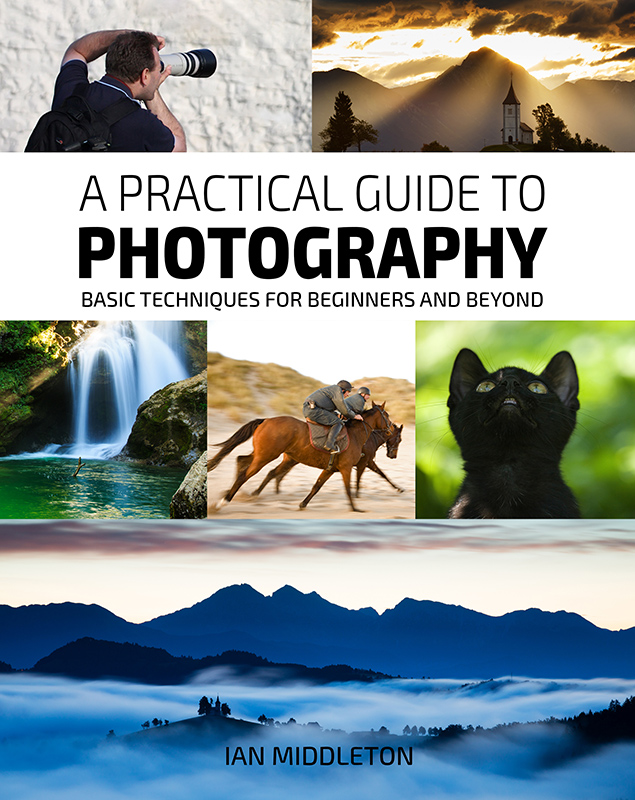Why use a telephoto lens for landscape photography?
You may have asked at some time, what is the best focal length for landscape photography? Well, of course it often depends on what you are planning to photograph. However, one focal length for landscape photography that is often overlooked is that of a telephoto lens.
Technically speaking, a telephoto lens is anything above 50mm. While anything below 50mm is classed as wide angle. However, for this article we are going to look at long telephoto lenses specifically for getting close to distant subjects.
In this time when we are all under lockdown restrictions due to the covid19 outbreak, getting close to many of our favourite subjects is virtually impossible. However, while we cannot travel to the distant landscape features we can see from our home ground, we can bring those landscapes closer to us by using a good telephoto lens.
Problems with foreground objects
It can often be the case that while we can see a beautiful landscape feature in the distance, such as a mountain peak, usually foreground elements make it difficult to get a clean composition. These elements can be things such as: trees, rooftops, electricity cables. While we can’t move them, we can move ourselves.
Much the same as is general photography, we change our position or focal length to frame up our scene. We include what we want and exclude what we don’t want. The same is true in landscape photography with a telephoto lens, but with far distant objects.
When we photograph a scene in general, we often move around to find the best and clearest view of our intended composition. A shift to the left, or getting a bit lower, can easily get an annoying branch out of the frame. Move back a bit to get above a rooftop.
When shooting a far distant scene, it’s not much different; except that the distracting objects are also far away.
A big high resolution crop tool

You can think of a telephoto lens as a crop tool. We use the crop tool in Adobe Lightroom or Photoshop, or any other photo editing program come to think of it, to crop out areas of the image we don’t want and focus the composition on what we do want.
A telephoto lens also works in the same way. While it gives the illusion of magnifying the distant scene, what it’s actually doing is restricting your field of view. The longer the focal length, the narrower the angle of light and consequently less of the scene falls upon the sensor. So essentially we are cropping the field of view and only capturing a small part of the scene.

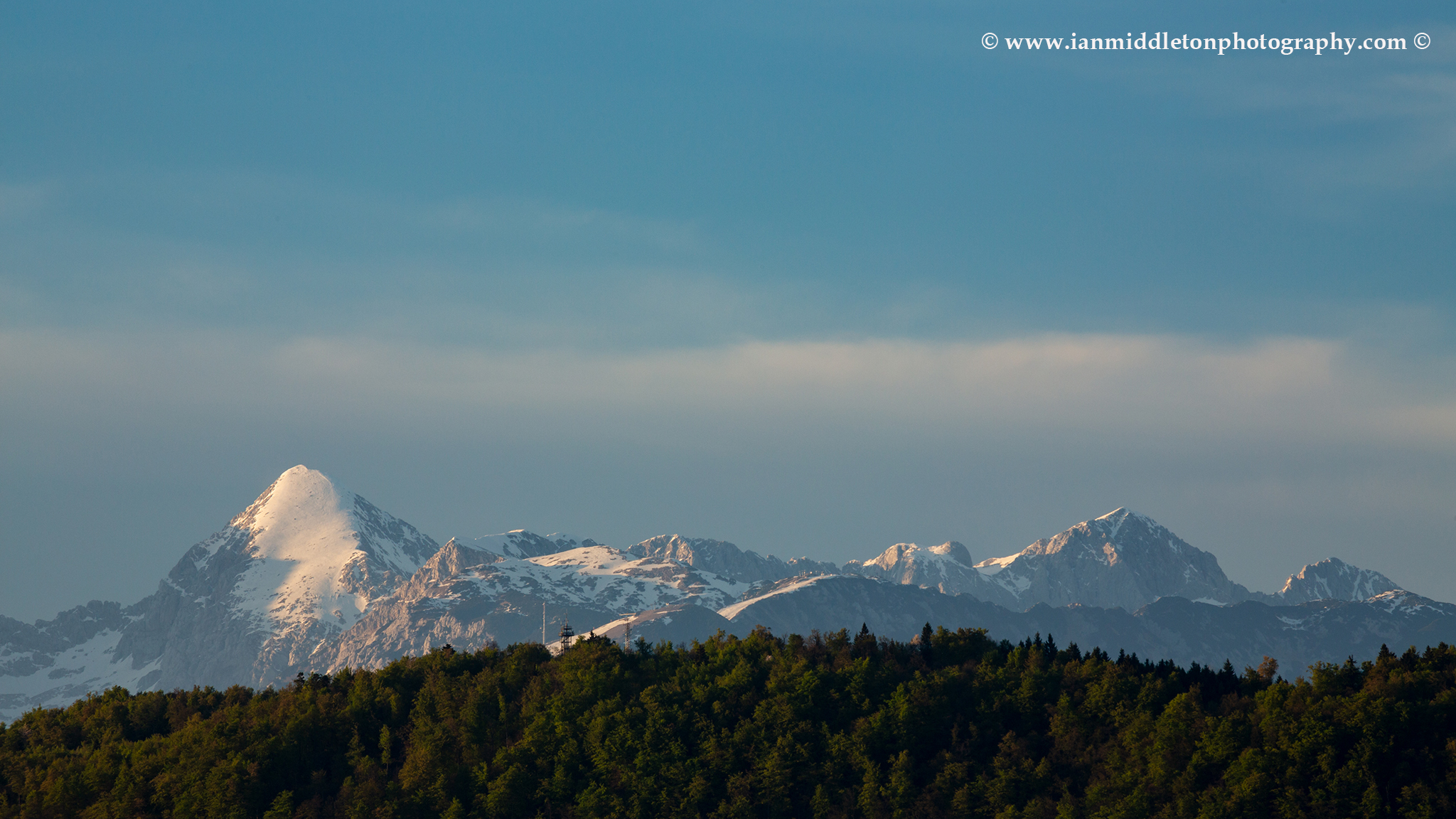
Getting close to the mountains even under lockdown
One of the advantages to being in a small and diverse country such as Slovenia is that beautiful landscapes are never far away. For a photographer, it’s the perfect place to be. Everything is so close it often means that a short drive, 15-30 minutes, will easily put me in front of some mountainous scene to capture.
Enter the coronavirus and the subsequent lockdown. As a landscape photographer being confined to his own area, this is very frustrating. I can see the mountains from where I’m staying, even from the window and balcony, but cannot go to them. However, thanks to the telephoto lens and Slovenia’s compact size, while I cannot go to the mountains I can bring the mountains to me.
As we are also allowed to go out in our immediate area, as long as we avoid gatherings of more than 5 people, it also means I can go out to a nearby field where I can also see the mountains. Slovenia’s small population helps ensure I can easily find a spot well away from any crowds.
Finding the perfect viewpoint
The trick, as always in landscape photography, is finding the perfect viewpoint. As mentioned earlier, when using a telephoto lens to capture distant mountaintops, the obstructions are usually in the foreground. Therefore in order to get above them, you need to move further away from the objects. But in this case you have to move larger distances.
By moving much further back and left and right I was able to find a viewpoint that gave me a clear composition where I could cut out any rooftops, electricity cables and trees from the picture and isolate the mountain or hill I was trying to capture.

The upside to being constricted
There’s always an upside to having your hands tied like this, it forces you to think harder. At times like this you tend to take a closer look at what is around you. We often look to the horizon for new things and ignore what is close to us. While I’ve often walked the nearby field, I’ve always just resigned myself to the fact these obstructions prevented me from getting a clear photo of the mountains. However, due to these restrictions I was forced to explore this field in more depth looking for the perfect viewpoint. And I found it.
Not only did I find it, I found a perspective from which I could pivot between three different peaks of the Kamnik Alps, one hilltop called Smarna Gora, and also capture the sun setting over the Polhov Gradec Dolomites.
More importantly though, having a 100-400mm telephoto lens helped me to keep doing landscape photography even under lockdown. For all the photos here and in my videos, I used a Canon EF 100-400 mm f/4.5-5.6 L IS II USM lens. I’ve had this lens for 13 years and it still performs brilliantly. If you want to get your own, click on the Amazon affiliate links below for both UK and USA.


